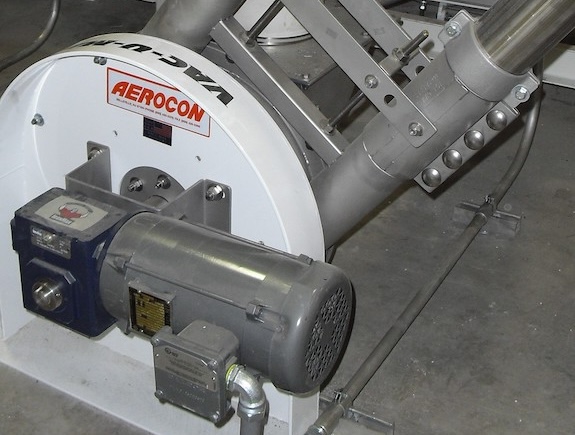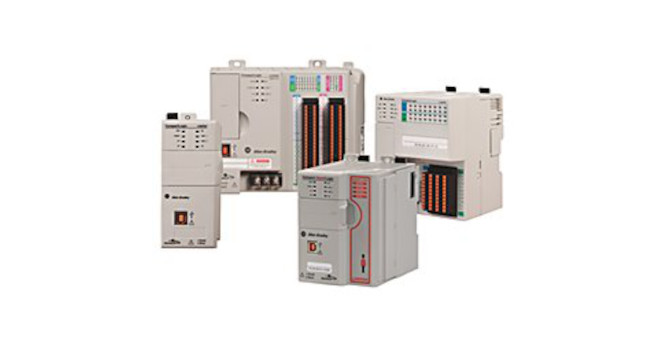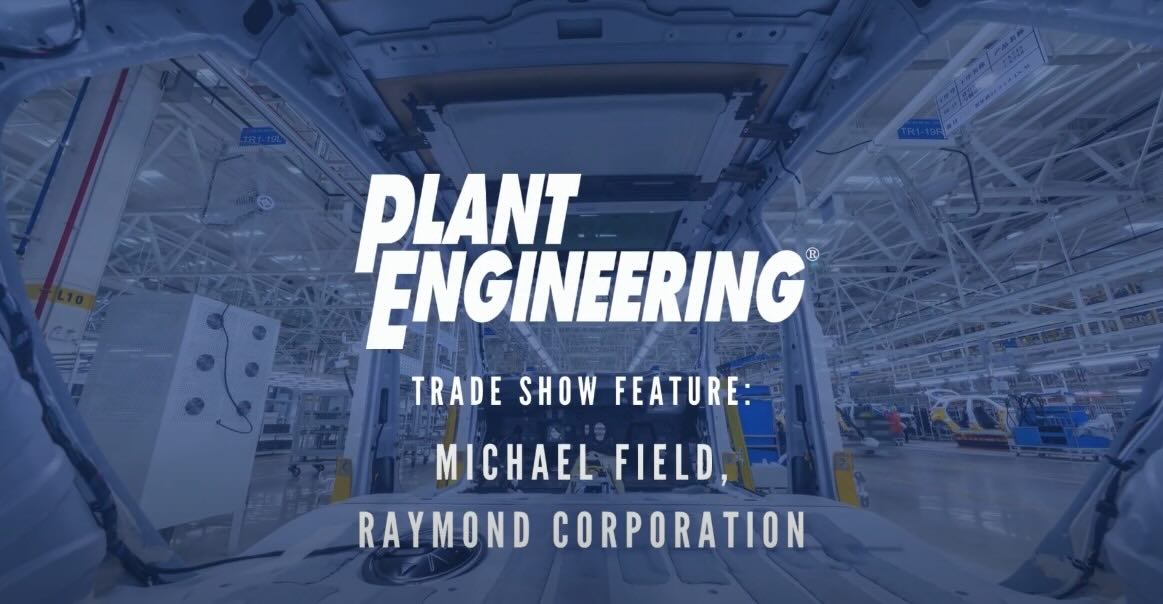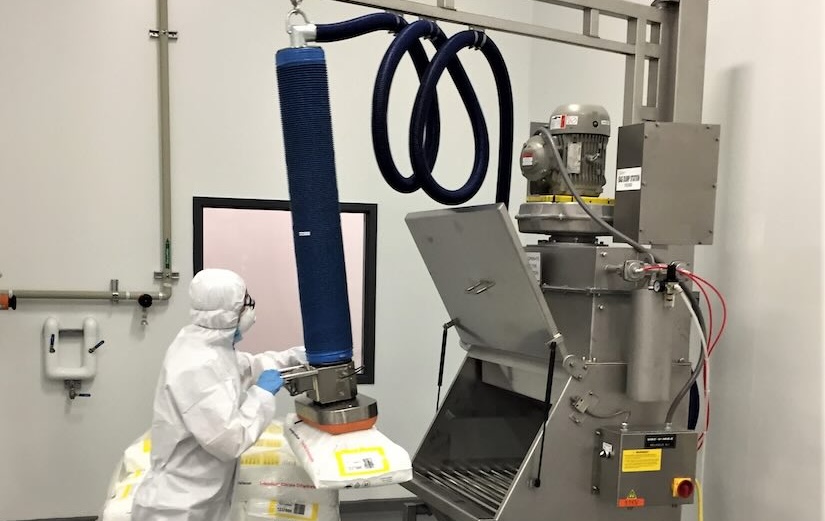Is the heating bill for your plant or warehouse too high? What about cold dock door areas and unbalanced temperatures? Is negative building air pressure a problem? Have you experienced employee complaints and lost productivity from heating or indoor air quality problems?
|
Is the heating bill for your plant or warehouse too high? What about cold dock door areas and unbalanced temperatures? Is negative building air pressure a problem? Have you experienced employee complaints and lost productivity from heating or indoor air quality problems? Do you have high maintenance costs for existing heating equipment?
These are just a few common problems that result from selecting the wrong heating system, misapplying space heaters, or using obsolete heating/ventilating equipment.
Annual space heating costs are a significant part of operating budgets for large warehouses and manufacturing plants. Selection and application of the proper space heaters can reduce annual energy costs more than 60% and increase company profits.
What factors determine the best space heating system? Everyone wants a heating and ventilating system that meets their unique requirements at the lowest total cost.
Before selecting a heater, define the heating/ventilating requirements and understand all the cost factors that determine the true lowest total-cost solution for a specific facility.
Space heating systems
Gas-fired heating systems normally offer the most cost-effective way to heat industrial buildings. Electric and oil-fired heaters are sometimes used for very specific space heating applications or when gas is not available.
Gas-fired space heating systems are categorized as being either indirect fired or direct fired.
Indirect-fired heating systems use a method of heat transfer, such as a heat exchanger or radiant tubes, which lowers overall energy efficiency. A flue is required to vent products of combustion outside the building. Inside air is recirculated with little or no provision for ventilation with outside air. There are four popular types of indirect-fired heating systems.
Boiler systems (steam and hot water) have historically been a major source of industrial heat and power. These centralized systems were often used for space heating when energy costs were low, or when steam was a byproduct of boilers used for nearby process heating applications.
However, industrial space heating with boilers is becoming a thing of the past due to their poor efficiency, rising energy prices, uneven heat distribution, and high maintenance costs. Many large facilities are now replacing boiler heating systems with efficient gas-fired space heaters and use the energy savings to pay for the new equipment.
Unit Heaters are a proven method of heating small, open spaces. Multiple heaters are installed around the perimeter of a building to match heat losses. Advantages include redundancy in case one unit fails, intermittent fan operation that reduces electrical costs, and installation near the ceiling to not take up floor space. Due to limited air throw, their efficiency decreases with increasing height above the floor.
Initial installed cost is low for small facilities with a few unit heaters but can be very high for large buildings that require many heaters. A significant amount of heat and energy go up the flue. Typical overall efficiencies vary from 60% to 75%. They provide no building ventilation and indoor air quality (IAQ) problems can occur in negative pressure buildings where the flue gas can back draft into the facility.
Unit heaters are often used in conjunction with makeup air (MUA) heaters in warehouses or industrial plants with constant or variable exhaust loads to provide ventilation.
Air-turnover (air rotation) heating systems are tall, constantly running, floor-mounted units that heat indoor air and typically circulate the building air a minimum of 1 to 2 times per hour (Fig. 1). Cold recirculated air is drawn into the bottom of the unit with hot air blown out the top and directed across the ceiling. This is another way to heat larger facilities with indirect-fired technology. However these systems offer less zone control, and high ceiling temperatures reduce efficiency.
Units can also be fitted with cooling coils for use in the summer. Manufacturers claim heating efficiencies of 70% to 80%, depending on the number of air turnovers per hour. Initial equipment costs can get expensive and the large units take up valuable floor and racking space. Since they run constantly, electrical costs are a factor and the large floor-mounted blowers can be noisy.
Tube-style infrared (radiant) heaters burn gas inside a long tube, radiating heat from the tube surface. A polished reflector directs the radiant heat to the floor. The units are excellent for heating objects, spot warming people, and for specific zone heating applications (Fig. 2). Published efficiency is 80% to 92%, based on moderate tube length and mounting heights 15-18 ft. above the floor.
Shorter tube lengths, high mounting heights, and dirty reflectors can reduce operating efficiency below 70%. Infrared heating systems can be expensive to install in large buildings. Maintenance costs are a factor due to dirty reflectors and the numerous units required to heat large areas.
Gas-fired infrared systems consume little electrical energy because they have no blowers but don’t provide forced air movement or ventilation. When an exhaust system is used, the building is starved for makeup air. This creates a constant path of cold air drafts when dock doors open or renders the exhaust system ineffective when the building is closed up tight. Infrared heaters are often used with MUA heaters to overcome these problems.
Direct-fired air heating systems can be very energy efficient because they do not use a flue or heat exchanger. The gas is burned directly in the air stream being heated; 100% of available heat is delivered to the heated space (Fig. 3).
Direct gas-fired technology is a safe and energy-efficient way to provide both space heating and tempered makeup air for warehouses and industrial facilities. The American National Standards Institute (ANSI) determines the US/Canadian standards for this equipment that sets safe maximum limits on the products of combustion (CO, CO 2, and NO 2 ). CSA, ETL, UL, and other testing labs then certify these heaters to ANSI standards.
There are three types of direct-fired air heating systems.
High temperature blow-thru space heaters are well suited for large warehouses and manufacturing plants. This direct-fired technology uses a gas burner/blower arrangement where the burner is downstream of the blower (Fig. 4). This locates critical components in the cold air stream for longer service life, achieves the highest Btu/cfm ratio, and allows this design to be certified for the highest temperature-rise and outlet temperature rating of 160 F.
The maximum temperature rating is crucial because it translates into lower horsepower motors, less outside air, and reduced energy costs.
As a nonrecirculating design, the burner always heats 100% outside air. IAQ benefits are significant, because these systems do not recirculate potentially contaminated inside air. When properly applied, this design neutralizes the building’s natural air infiltration and heats the minimum volume of outside air.
This heater can be mounted on the roof, under the roof, or thru a wall and doesn’t take up valuable floor or ceiling space.
The induced rotating air effect created by the unit’s air velocity provides effective air movement in the building, reducing stratification and temperature differences.
High-temperature-rise space heaters offer the lowest total cost, including low gas and electric utility bills, and require little maintenance.
Proper application is important. Air discharge heights from 10 ft. to over 40 ft. are a function of blower motor size. In very tight buildings, over-pressurization may occur, requiring the use of relief vents.
Since this system is sized to offset natural air infiltration during the winter and offer some ventilation, it should be complimented with MUA heaters for applications that require significant mechanical exhaust during cold weather.
Draw-thru MUA heaters are low-temperature-rise heaters that can be mistakenly thought of as high-temperature-rise space heaters. Both types of nonrecirculating, direct-fired heating systems use 100% outside air and look somewhat alike. However, the technology inside is quite different (Fig. 5).
MUA heaters use a draw-thru burner/blower configuration where the blower draws air through the burner. It moves a large volume of warm air through a low temperature rise and provides constant air output. This design is best suited for facilities that exhaust large volumes of air during the heating season.
MUA heaters are often used in combination with other heating systems that aren’t designed to handle negative building air problems. A large MUA heater will cost more to operate as just a space heater in terms of both gas and electric energy usage, because it has to move a larger volume of air to deliver the needed Btu values to a heated space.
Remember this rule, high-temperature-rise blow-thru designs are best suited for space heating while low-temperature-rise draw-thru designs are best suited for heating makeup air.
Air recirculation heaters combine features of both air-turnover and MUA heater designs. When properly applied, they can be used for both space heating and makeup air needs.The direct gas-fired burner heats a mixture of outside air and inside return air. It continuously modulates the ratio of outside air to return air to maintain a fixed positive static pressure condition inside the building.
Outside air percentage varies from 20% to 100% in response to building static pressure. This is often referred to as an 80/20 system; meaning 80% recirculated air is mixed with 20% outside air. The units tend to be big and few heaters are required, even for large facilities.
ANSI implemented Safety Standard Z83.18 for this heater type because it reheats inside air. The concern is that the way a building is used may change over time. Reheating inside air with direct gas-fired burners may be acceptable for the original application but not appropriate when the building’s use changes, creating potential IAQ problems.
Also, pressurizing a building can use excessive air, which increases energy usage. Gas consumption can be high for space heating applications when a leaky building or just one open dock door drives an 80/20 system to act like a MUA unit, heating a large volume of 100% outside air. Electrical consumption is a factor because the large blowers run continuously.
More Info:
Questions about selecting space heaters can be directed to Ken Williams at 800-899-1989, [email protected] , or visit Cambridge-eng.com . Article edited by Joseph L. Foszcz, Senior Editor, 630-288-8776, [email protected] .
Selection factors
How important are balanced temperatures throughout the building, from wall-to-wall and floor-to-ceiling?
Where will the heating system be located? Will it consume floor, ceiling, or racking space that could be used for manufacturing or storage?
What are the facility’s indoor air quality and ventilation requirements? How much fresh air is required by local codes or industry guidelines to dilute contaminants generated by LP forklift trucks, welding fumes, and other manufacturing processes?
Is spot heating or zone heating required?
How will the dock door areas be heated and how fast must temperatures recover?
What are acceptable noise levels?
Is makeup air needed to compensate for exhausted air?
Total Cost:
Initial equipment purchase price
Installation and startup costs
Gas piping and electric wiring
Labor
Roof penetrations and structural supports
Interference with ongoing facility operations
Operating costs
Energy: gas, oil, steam, and electricity. How expensive is the energy and how efficient is the heating system?
Maintenance: manpower and replacement parts required to keep the heating system operational and efficient.
Service life of the system
Impact costs
Effect on indoor air quality
Gain/loss of floor or racking space
Employee comfort/complaints/productivity



